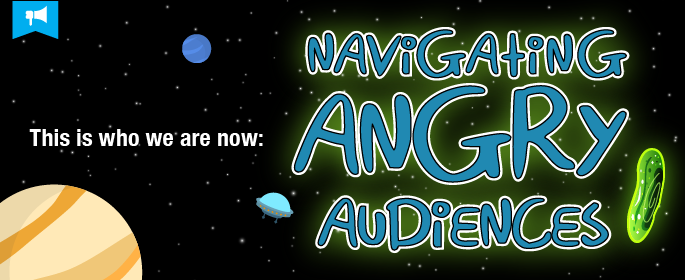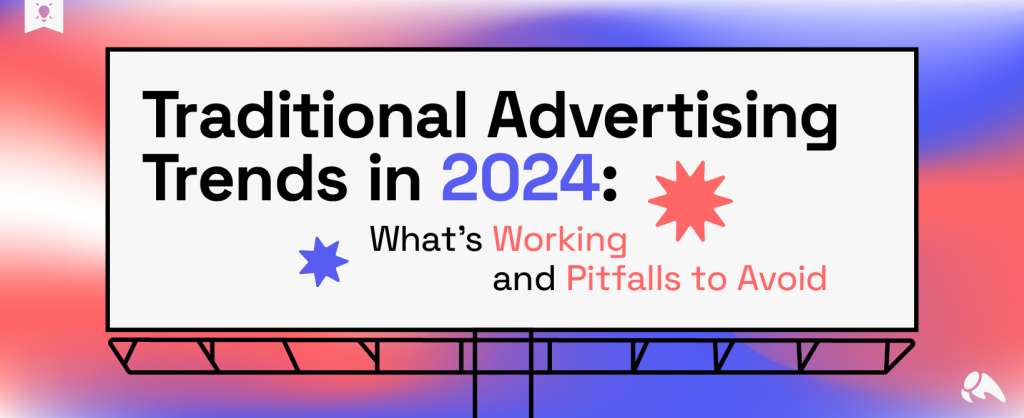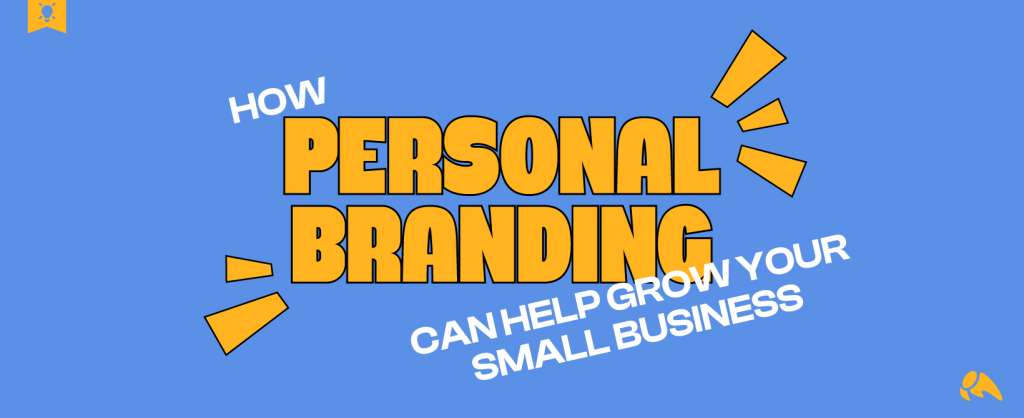
Earlier this week, Jen sent me an article about McDonald’s relenting to rabid ‘Rick and Morty’ fans. You’ve probably heard the story by now. If not, The Ringer provides good backstory/context of what happened. Check it out and come back.
The tl:dr version is McDonald’s ran a super-limited ‘Rick and Morty’-inspired Szechuan Sauce promotion, only it severely underestimated the demand, and people went ballistic when they couldn’t get their hands on the spicy sauce. They didn’t go I-have-some-feelings-about-this mad, they went rioting-in-the-streets mad.
Here’s a quick snapshot of what you missed:
Angry crowd chants “We want sauce” as police force them back. 1000+ people camped out to get #szechuansauce but McDonalds had 70 sauces… pic.twitter.com/wEaqC64Hln
— Ian 👻💀👽 Sikes (@ianjsikes) October 7, 2017
They ran out of Szechuan sauce already 😫 #giveusthesauce @McDonalds @adultswim #RickandMorty pic.twitter.com/CLAxM6mkcB — Frederick (@fawich) October 7, 2017
Yes can I get a McBlatantly Unlicensed Integration Meal done not well, hold the permission, extra awkward
— Dan Harmon (@danharmon) October 10, 2017
Cops are at Wellington McDonalds where tons of angry people lined up for hrs for Rick and Morty Szechuan sauce only to learn they had none pic.twitter.com/3T272osid4 — Lulu Ramadan (@luluramadan) October 7, 2017
Crazy, right? I’m sure McDonald’s thought so, however, in the end they apologized for depriving people of their dipping sauce and promised it would be back in the future.
You spoke. We’ve listened. Lots more #SzechuanSauce and locations. Details soon. And that’s the wayyy the news goes! pic.twitter.com/ooIrbZBsOw — McDonald’s (@McDonalds) October 8, 2017
The rioters were happy and peace was restored to the village. For now.
Navigating Angry Audiences
The above might seem like a silly anecdote or fodder for a blog post about giving people what they want or the power of an engaged audience, but I think it points to a much larger (and serious) issue facing brands and marketers right now.
The issue is this: People are angry and, right or wrong, sometimes that anger will be pointed square at your brand.
We’re all angry. We’re angry at politics, at the world, at our own hot button issues and, increasingly, at one another. When that anger spills over, with one “bad” tweet, now enough to inspire rabid mobilization, what can brands do to navigate it? If this is who we are now, what do we do? And are you prepared to handle it?
How would your brand react if you were McDonald’s? Or Dove? Or Pepsi? Or someone with an opinion on kneeling vs. standing? If you thought today would be business as usual, but instead it became a raging fire?
Whether you’ve intentionally stepped onto the field or just woke up like this, establishing a crisis communication plan early will help mitigate disaster.
1. Know Who You Are (And Make Sure Others Do, As Well)
The rise of social media has introduced brands to very public expressions of support or anger. It’s part of the new relationship that exists where everyone has a voice and where consumers go directly to the source to voice critique. Unfortunately, social media also allows for easy attacks, snark, and exchanges that would never take place face-to-face. Before you can set a policy for how your team should respond to consumers, you need to solidify who you are to guide it.
Use this time to reaffirm your core values and to make sure your organization understands who you are, what you believe as a company, and the proper way to engage people. This is not only reassuring for employees when they must act quickly, but it’s also a necessary first step in setting a direction that your employees can rally behind. It’s a guidepost when things get hard, and something they can point to and evangelize on your behalf.
We’re big believers that your brand is everywhere. It’s what’s in your carefully-crafted PR statement, but it’s also what slips out during a board meeting shared with the world. Make sure they match.
2. Set Your Risk Tolerance
Part of knowing what the brand represents is deciding upon a risk tolerance you’re comfortable with. Are you going to talk immigration and women’s rights in the middle of the Super Bowl or are you going to play America the Beauitiful and get out of dodge? Are you going to take a polarizing stance, or are you going to work the middle of the room and stay out of the controversy? There isn’t a right or a wrong here, BTW, but it’s important this tolerance for risk is well understood within the organization and that employees are given instruction as to how to stick to it. When things get tense, what’s expected of them?
- What topics does the company have an opinion on?
- What is the opinion?
- What are our key talking points?
- What are we not going to touch?
- Where are we comfortable?
Know the answers to these questions before a problem arises.
3. Know When & How To Apologize
Let’s be honest, we could all use some media training right now. If you’ve stepped in it, a refresh on when to fix it, when to avoid it, and how to handle sensitive situations (or normal situations in sensitive times) is important. When we goof (and we will) it’s crucial that we are able to own it, address it, and move on. Especially if your audience has already gone out and collected the pitchforks.
Think of any of the brand missteps you’ve witnessed over the past few months – how were they all handled? What was the effect of a sincere apology vs. a brand that tried to pass the buck or who handled it poorly? Who responded well and who just made it all so much worse?
When should you be prepared to respond: When you screwed up, when someone is misstating facts and you need to correct the record, or when the fire around you is getting bigger.
When crafting an apology, it’s important to:
- Stay calm. If your hands are still shaking, go for a walk, then come back.
- Be positive, lead with the facts.
- Lose any hint of snark.
- Apologize for anything that is your fault. If appropriate, explain how/why the situation happened.
- Address how you plan to rectify, laying out a plan of action to move the conversation forward.
- Encourage any follow up comments to take place offline, providing an email address or phone number.
- Apologize again.
- Move on.
In most situations it will take just one response from you to diffuse things and get them headed toward a calmer, more productive path. If not, and people are still angry, continue to direct them to less public channels.
4. Know When NOT to Respond
So, here’s the thing. Just because people are tense and they may end up mad, doesn’t mean you owe someone an apology. Sometimes it is not YOU that is in the wrong, and it’s okay to acknowledge that. You might ruffle some feathers or lose fans who maybe shouldn’t have been fans in the first place, but you’ll also win over the people who do get you. Your brand isn’t for everyone, it’s for a specific set. It’s okay to stand by that.
Situations that might not warrant a response from you:
- When you’re in the right and the outrage will die out on its own
- When you’ve already commented on the situation
- When the threat to the brand isn’t credible
5. Never Glorify Bullying
We all need to be good examples to follow. While it may be fun to grab onto a trending topic, it crosses a line when people become disrespectful. When personal attacks are made, when the conversation becomes inappropriate, or when someone’s safety is at risk. In these moments, it’s NOT okay to sit idly by. Brands must get involved. There are great secondary effects to consider.
In the case of McDonald’s above, sorry, but I don’t know that the situation warranted the response that McDonald’s gave. McDonald’s set expectations of a very limited supply, and then consumers escalated it to a potentially dangerous situation, literally taking to the streets and requiring police intervention.
As the mom of a tantrum-throwing toddler, I think it was a poor decision to reward the behavior. Instead, I might have recommended McDonald’s be the adult in the room, acknowledging the passion, maybe even thanking people for it, but encouraging their audience to express it in less disruptive ways. Brands must police their own communities. If you won’t, who will?
These are intimidating times for brands. As if social media wasn’t scary enough, we’re now living in a time when bullying and mob-like behavior isn’t just accepted, but rallied behind. It’s created a sense of empowerment for people to unite in that anger and to demand what they want.
As a brand wanting to be part of the larger conversation, take the steps needed to protect yourself. Know who you are, know how to evaluate situations, and protect your community. We’re in this together.







